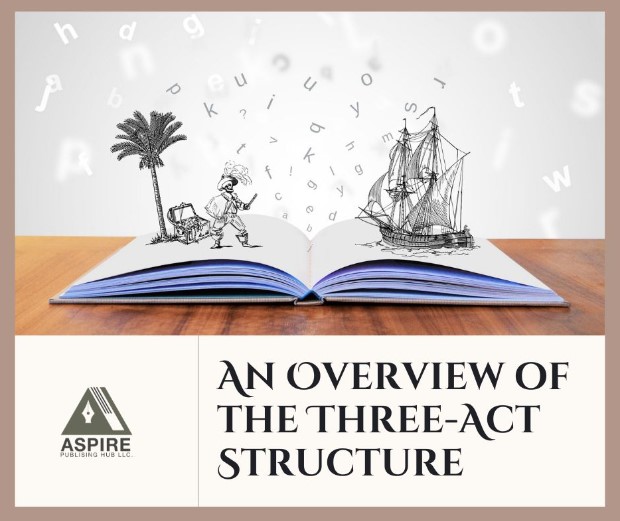Act One, Act Two, and Act Three make up the narrative model known as the “three-act structure,” which separates stories into their beginning, middle, and conclusion. In 1978, with the release of his book Screenplay, screenwriter Syd Field gave this time-honored technique a new twist for the film. Setup, Confrontation, and Resolution are the three acts he identifies.
Writers for the screen often define the three-act structure by declaring their steadfast devotion to it or fierce rejection. In the eyes of others, it means something entirely different in all other regards. That can’t be true. Let’s find common ground by answering the question, “What is the three-act structure?” and discovering the original idea behind it.
The three sections are sometimes referred to as the “setup,” “build,” and “payoff” in writing. Valid on both accounts. Each of these sections, however, has its own rules for setting up, progressing through, and wrapping up a story.
The First Act: Setup
The introductory narration, or prologue, is typically used for exposition to introduce the reader to the story’s central figures, their relationships with one another, and the setting in which they find themselves. A dynamic encounter, the inciting incident or catalyst, confronts the protagonist later in the first act (the protagonist).
This incident catalyzes the first narrative point, which marks the first act’s conclusion, guarantees that the protagonist’s life will never be the same again, and presents a dramatic issue that will be answered in the film’s climax.
It’s essential to ask the dramatic question in the context of the protagonist’s motivation.
The Second Act: Confrontation
It is also known as the middle act. It is when the story’s protagonist tries to fix the issue that was introduced at the first turning point but only makes matters worse. The protagonists’ seeming inability to address their difficulties may be attributable, in part, to their lack of experience in overcoming antagonistic forces.
To cope with their situation, people must develop new talents and a deeper understanding of who they are and what they are capable of. This is what writers call an “arc” or “character development.” They need guidance and support from other characters to accomplish this.
The Third Act: Resolution
Includes a conclusion to the main story and whatever subplots it may have. The climax is the high point of a story when the dramatic question is resolved, and the protagonist and other characters get insight into who they are.
- Act 1 lays the groundwork for the story by introducing the setting, the characters, the protagonist’s mission, and any significant conflicts or roadblocks that stand in the protagonist’s way.
- The stakes get higher in Act 2 for the protagonist to accomplish the mission, increasing the struggle’s intensity.
- In Act Three, the story ends with the protagonist’s success or failure.
It is not the same as a novel outline, but it might help you organize your thoughts while you write.



